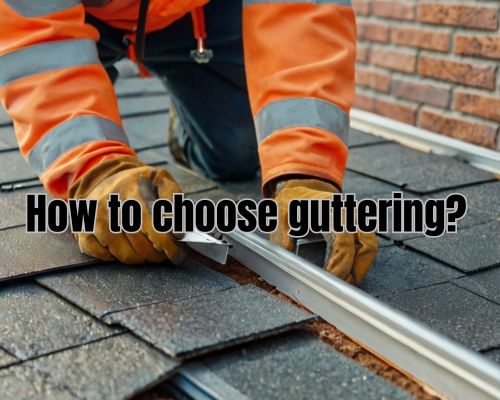Do You Need a License to Clean Gutters in Australia?
Essential Information Explained
Keeping gutters clean is an essential aspect of home maintenance. But, you might wonder if it requires a special licence in Australia.

You generally do not need a specific licence to clean gutters. Handyman services and property maintenance companies can often perform this work without needing additional certifications. This can be a relief for both homeowners and service providers.
In Australia, there are different regulations and requirements for other types of building and maintenance work. For example, in New South Wales, any residential building work valued at more than $5000 requires a licence. This rule includes labour and materials. It ensures that qualified professionals carry out significant construction and renovation projects. Understanding these distinctions helps you manage property upkeep more effectively, knowing when a licence is necessary.
Based on gutter cleaning Melbourne, when it comes to rental properties, the responsibility for gutter cleaning often falls on the landlord. Landlords are typically required to maintain rental properties in a habitable condition, which includes regular maintenance tasks like gutter cleaning.
This arrangement ensures that tenants can enjoy a safe and well-maintained living environment while landlords fulfil their obligations under tenancy agreements. Knowing who is responsible can save time and avoid potential disputes.
Licensing Requirements for Gutter Cleaning in Australia
When considering gutter cleaning in Australia, it’s essential to understand the licensing requirements and the importance of having insurance to cover liability issues. Let us know these with gutter cleaning Melbourne.
State-Based Regulations
In New South Wales (NSW), a licence is required for residential building work worth more than $5,000. This may include extensive gutter cleaning projects.
Other states might not mandate a specific licence for gutter cleaning. However, obtaining relevant qualifications and certifications can enhance your credibility and attract more clients.
Regardless of the state, having the correct paperwork in order can prevent difficulties with regulatory bodies.
Insurance and Liability Considerations
Insurance is a crucial component for anyone in professional gutter cleaning. It serves as a safeguard against potential claims of negligence or damage.
Public liability insurance is often recommended to cover accidents or injuries that may occur on the job.
Furthermore, this type of insurance can protect you from claims made by landlords or tenants if you’re working on rental properties.
Having adequate insurance ensures that both you and your clients are protected throughout the gutter cleaning process.
Importance of Regular Gutter Maintenance
Regular gutter maintenance is crucial for preventing various issues, such as water damage, fire hazards, and pest infestations.
Preventing Water Damage and Overflow
Blocked gutters can lead to severe water damage. When debris like leaves and twigs accumulate, they obstruct the flow of water. This causes overflow, which can damage the roof, siding, and even the foundation of your home.
Ensuring that water flows properly through downpipes and away from your home is essential in preventing mould growth and structural damage.
Overflowing water may also lead to soil erosion around the home’s foundation. Regular maintenance can help avoid such costly repairs. Gutter guards and regular inspections are effective in keeping gutters clear and functional.
Mitigating Fire Hazards and Pests
In areas prone to bushfires, accumulated debris poses a significant fire hazard. Dry leaves and twigs in your gutters can easily catch fire, leading to severe damage.
Regular cleaning mitigates this risk, protecting your home during fire seasons.
Additionally, clogged gutters attract pests like rodents and insects. Standing water becomes a breeding ground for mosquitoes, and debris can provide nesting material for birds and rodents.
Regular gutter cleaning and inspections are vital for pest control and reducing health risks associated with pests.
Extending Gutter Lifespan through Inspection and Maintenance
Routine gutter inspections help identify wear and tear early.
Checking brackets, gutter guards, and downpipes ensures they are securely attached and in good condition.
Regular maintenance prevents small issues from escalating into significant problems. This, in turn, extends the lifespan of your gutters.
Scheduled inspections and cleaning also allow you to address any structural damage promptly.
By maintaining your gutters, you enhance their durability and overall performance. This ensures they efficiently protect your home from various environmental factors.

